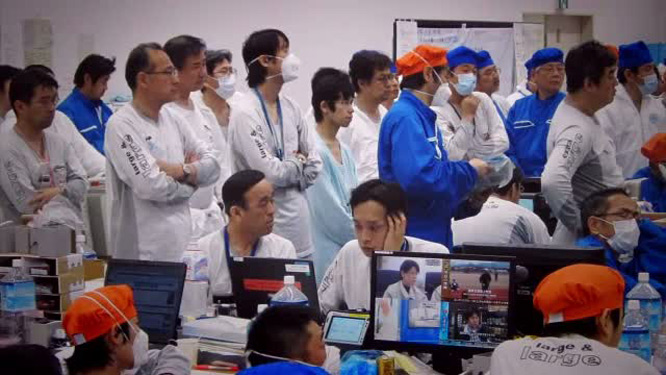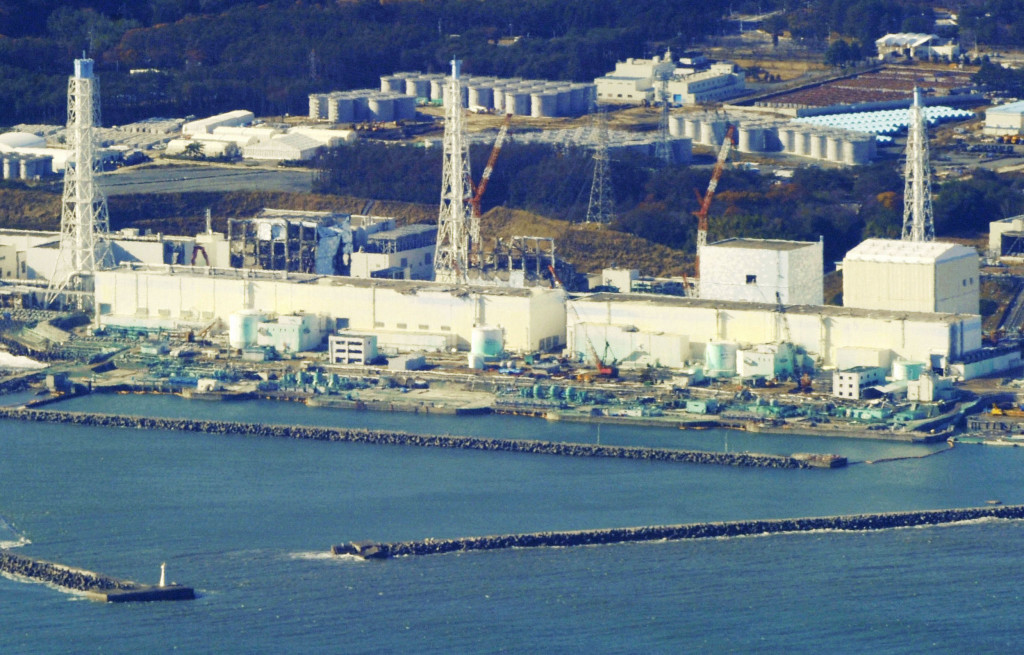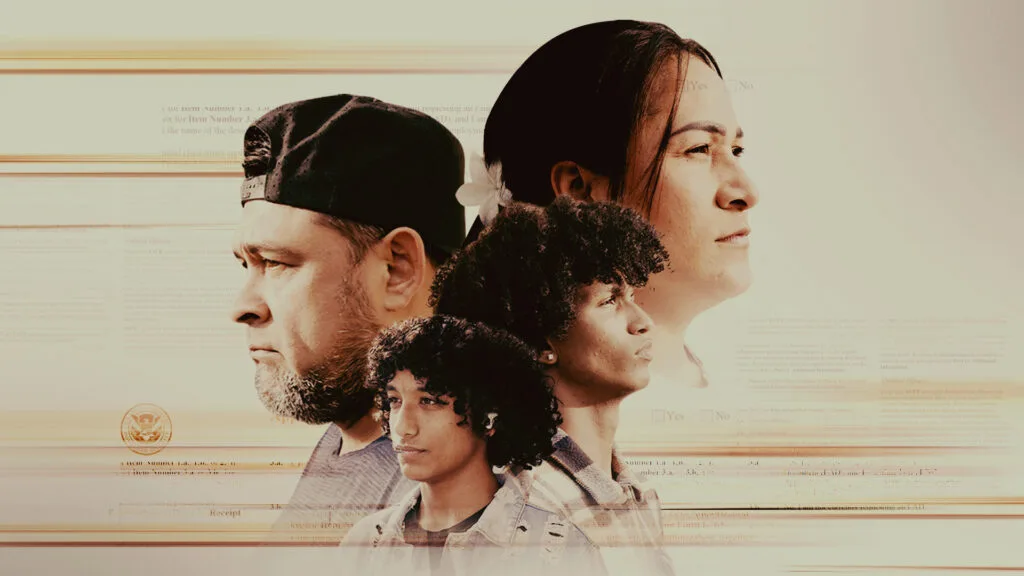“The Fate of Japan Hangs in the Balance”

February 28, 2012
Share
It was day five of Japan’s nuclear crisis last March, and the sun had yet to rise. The previous few days involved chaotic efforts to power the plant, cool the reactors and vent radioactive gas to try to prevent a nuclear explosion.
But an explosion happened — two, in fact, though it would later be determined that they were less dangerous hydrogen blasts. Despite this, levels of radioactivity were rising. Workers were tired and starting to get scared.
“In the control room, people were saying we were finished,” said Takashi Sato, a reactor inspector who then worked for TEPCO, the company that operated Fukushima Daiichi. “They were saying it quietly, but they were saying it. We felt we had to flee.”
This sentiment was echoed by plant manager Masao Yoshida, who, according to witnesses, gathered his workers together and told them it was time to go home.
Miles away in Tokyo, Prime Minister Naoto Kan caught wind that TEPCO was considering withdrawing its last line of defense against a complete nuclear meltdown. What happened next, as described in the above video, is just one example of the miscommunication and breakdown in trust between TEPCO and the government that would plague the days after the earthquake and tsunami.
Kan appeared on video to address Fukushima workers and TEPCO executives, rousing them with a speech:
“You cannot abandon the plant,” he said. “The fate of Japan hangs in the balance. … Otherwise we’re handing Japan over to an invisible enemy. This will affect not just Japan — but the whole world.”
TEPCO executives say they never intended to evacuate all their employees, and continue to deny this claim. But Kan’s version is supported by Yoichi Funabashi, a public intellectual whose organization headed an independent investigation into the crisis. The prime minister’s “decision to storm into TEPCO and demand that it not give up saved Japan,” he told The New York Times.
In the end, TEPCO evacuated all but about 50 of its workers, who would become known as the “Fukushima 50.”
Related Documentaries
Latest Documentaries
Related Stories
Related Stories
Policies
Teacher Center
Funding for FRONTLINE is provided through the support of PBS viewers and by the Corporation for Public Broadcasting. Additional funding is provided by the Abrams Foundation; Park Foundation; the John D. and Catherine T. MacArthur Foundation; and the FRONTLINE Journalism Fund with major support from Jon and Jo Ann Hagler on behalf of the Jon L. Hagler Foundation, and additional support from Koo and Patricia Yuen. FRONTLINE is a registered trademark of WGBH Educational Foundation. Web Site Copyright ©1995-2025 WGBH Educational Foundation. PBS is a 501(c)(3) not-for-profit organization.



















